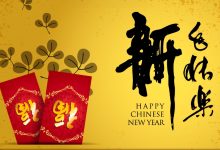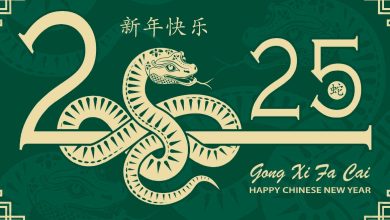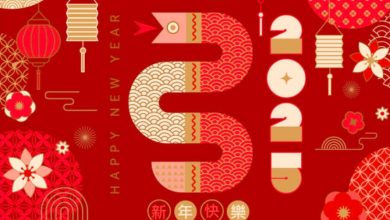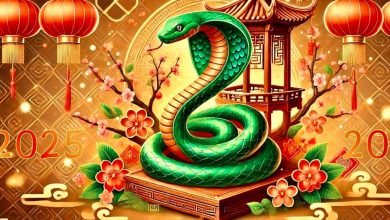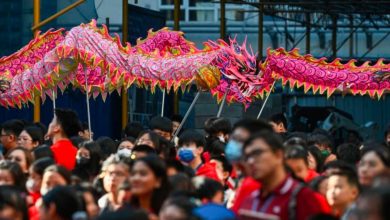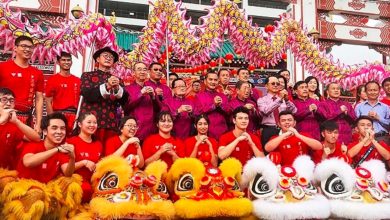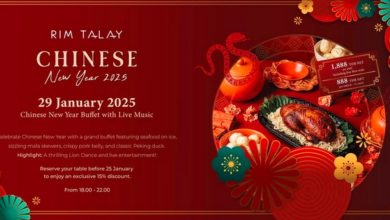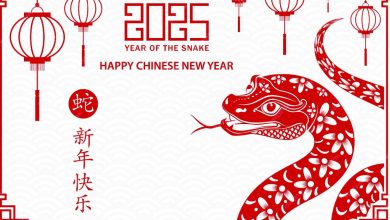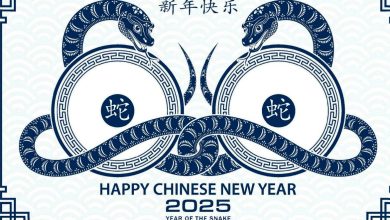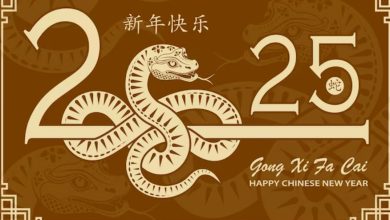Chinese new year 2025 background
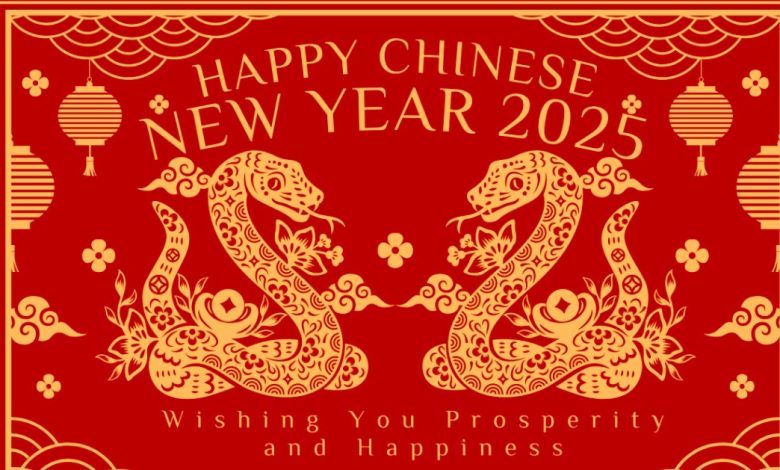
Chinese New Year, also known as the Lunar New Year or Spring Festival, is one of the most significant cultural celebrations in the world. It is steeped in centuries of tradition, rich symbolism, and vibrant festivities. In 2025, Chinese New Year falls on Wednesday, January 29, marking the transition into the Year of the Snake, according to the Chinese zodiac calendar. This year offers an opportunity to explore the historical and cultural significance of this cherished holiday and the characteristics of the Snake sign.
The Origins of Chinese New Year
The origins of Chinese New Year date back thousands of years and are rooted in agrarian society. The festival was initially celebrated to mark the end of the winter season and the beginning of spring, a time for renewal and hope. According to legend, the holiday originated with the mythical beast “Nian,” a creature that would attack villages at the start of the new year. Villagers discovered that loud noises, firecrackers, and the color red could scare Nian away, and these traditions continue to be central to the celebrations today.
Chinese New Year is traditionally observed over 15 days, beginning on New Year’s Eve and culminating in the Lantern Festival. Each day holds its own customs and rituals, from family reunions and feasts to ancestor worship and temple visits.
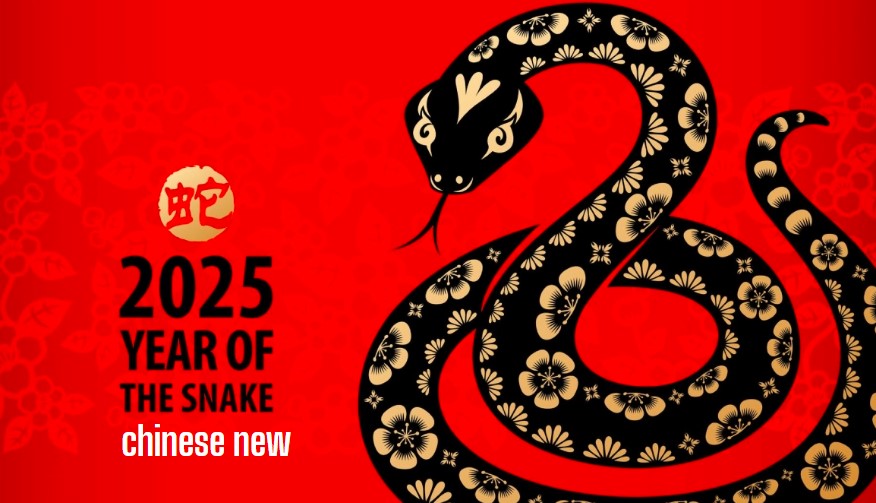
The Year of the Snake: Symbolism and Traits
In the Chinese zodiac, the Snake is the sixth animal in the 12-year cycle. People born in the Year of the Snake are often thought to embody traits such as intelligence, intuition, elegance, and determination. They are also believed to be deep thinkers who value introspection and mystery. However, the Snake’s cunning nature can sometimes lead to perceptions of being secretive or overly calculating.
The Year of the Snake is associated with the elements of wisdom and transformation. It encourages reflection, strategic planning, and personal growth. Those celebrating this year may find themselves drawn to themes of renewal, adaptability, and intellectual pursuits.
Preparations and Traditions
Preparation for Chinese New Year begins weeks in advance, as families clean their homes thoroughly to sweep away bad luck and make room for good fortune. This practice, known as “major sweeping” (大擦除), symbolizes a fresh start and the elimination of negative energy.
Homes and streets are adorned with red decorations, such as lanterns, banners, and paper cuttings, featuring auspicious symbols and phrases. The color red is considered to be especially lucky, representing happiness, vitality, and protection against evil spirits.
Another important preparation is the reunion dinner, held on New Year’s Eve. This feast is the highlight of the celebrations, bringing together family members to share a lavish meal that often includes symbolic dishes. Foods like fish (“鱼”, symbolizing abundance), dumplings (“饺”, representing wealth), and glutinous rice cakes (“糕”, signifying progress) are commonly served.
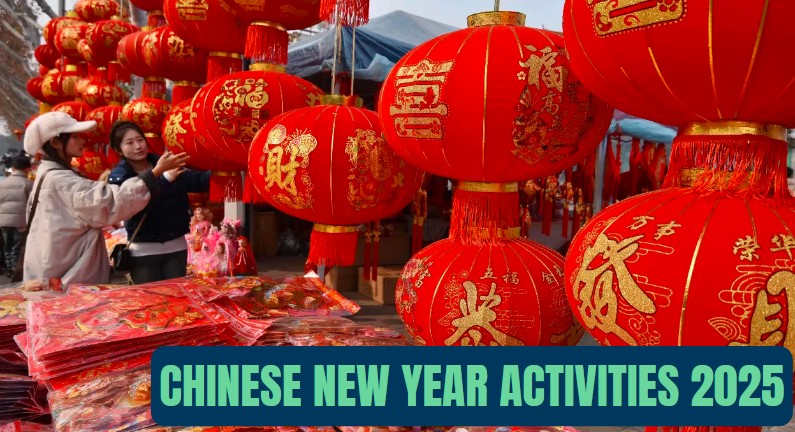
Festivities and Celebrations
The celebrations begin with the New Year’s Eve dinner, followed by the tradition of staying up late to welcome the new year. Fireworks and firecrackers light up the night sky, creating a dazzling display of sound and color to ward off evil spirits.
During the New Year period, families visit relatives and friends, exchanging good wishes and gifts. One of the most anticipated traditions is the giving of red envelopes (“红包”, hongbao), which contain money and are gifted to children and unmarried adults as a gesture of good luck.
Cultural performances, such as lion dances, dragon dances, and traditional music, are a vibrant part of the festivities. These performances are believed to bring prosperity and chase away negative energies. The Lantern Festival on the 15th day marks the end of the celebrations, with spectacular displays of illuminated lanterns and family gatherings to enjoy tangyuan (“洋圓”, sweet glutinous rice balls).
The Global Significance of Chinese New Year
While Chinese New Year has its roots in China, the holiday is celebrated by millions worldwide, including in countries like Singapore, Malaysia, Vietnam, and beyond. Each region adds its own unique flavor to the festivities, blending local customs with traditional practices.
In major cities across the globe, communities organize parades, festivals, and cultural exhibitions to celebrate the Lunar New Year. Chinatowns come alive with vibrant decorations, delicious street food, and lively performances. This global observance highlights the universal appeal of the holiday and its ability to bring people together in celebration of family, culture, and heritage.
Looking Ahead to the Year of the Snake
As we enter the Year of the Snake, it’s a time to embrace the qualities of wisdom, adaptability, and resilience. The Snake’s energy invites us to pause, reflect, and strategize for the future. Whether through reconnecting with loved ones, participating in traditional customs, or simply appreciating the cultural richness of the holiday, Chinese New Year 2025 offers a chance for renewal and joy.
So, as we welcome the Year of the Snake, let us carry forward the spirit of unity, gratitude, and optimism. Happy Chinese New Year (“新年快乐”, Xīnnián Kuàilè) to all!








